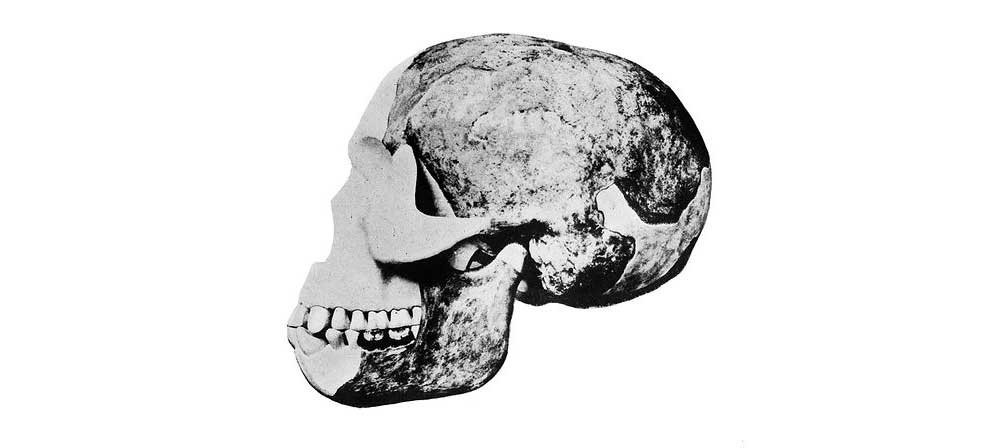Blog articles
Lecture: How Homo naledi matters to our origins
A lecture in 2020 covering some of the latest research and new questions arising from the Rising Star cave system.
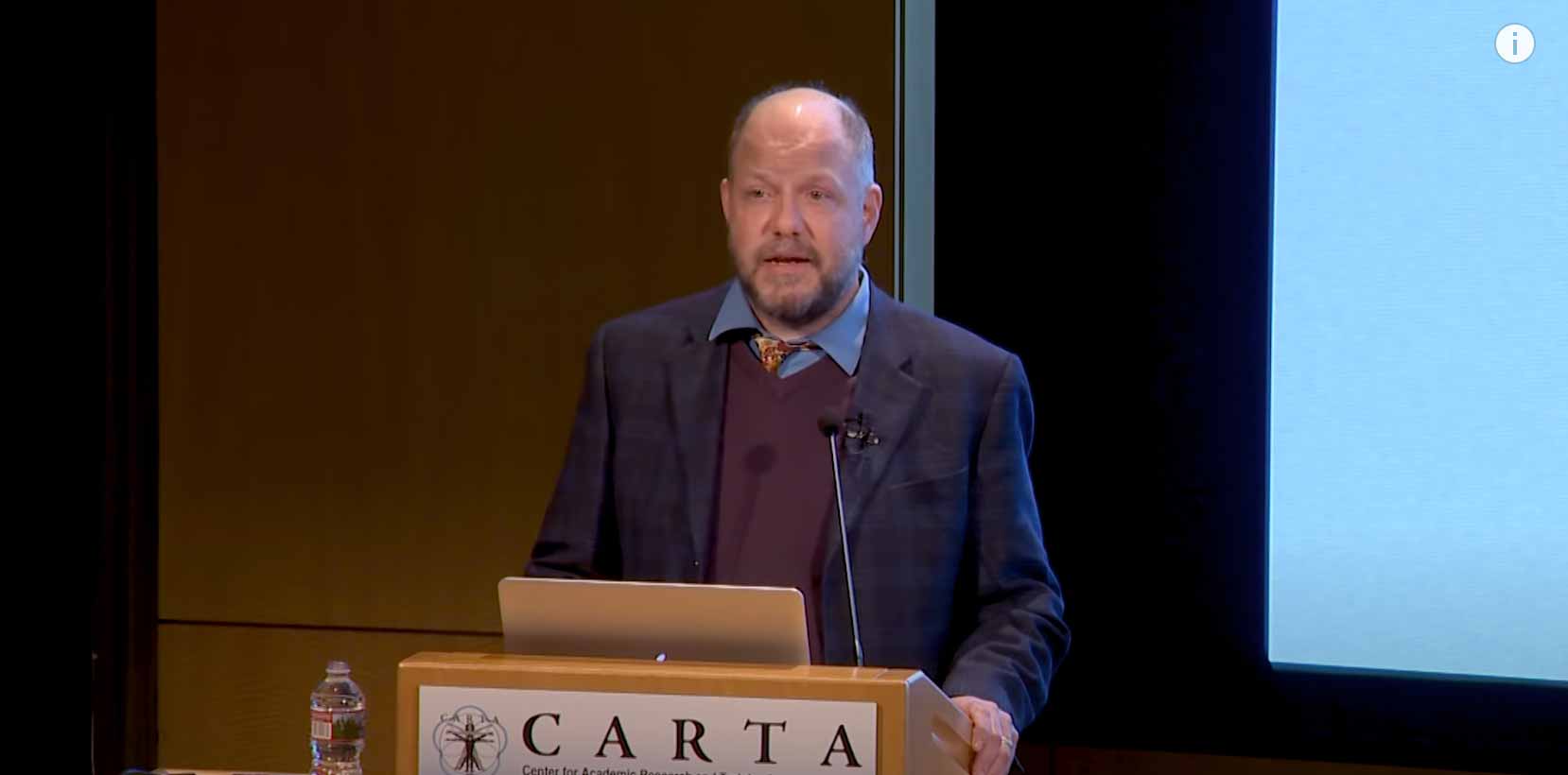
Research highlight: Introducing a juvenile skeleton of Homo naledi
We put together excavation records, 3D imagery, and laboratory analysis of bones and teeth to understand the preservation of a skeleton from the Dinaledi Chamber.

How old is the "early Homo sapiens" skull from Florisbad?
Introducing a new preprint in which I examine critically the evidence for a skull thought to be contemporary with Homo naledi.
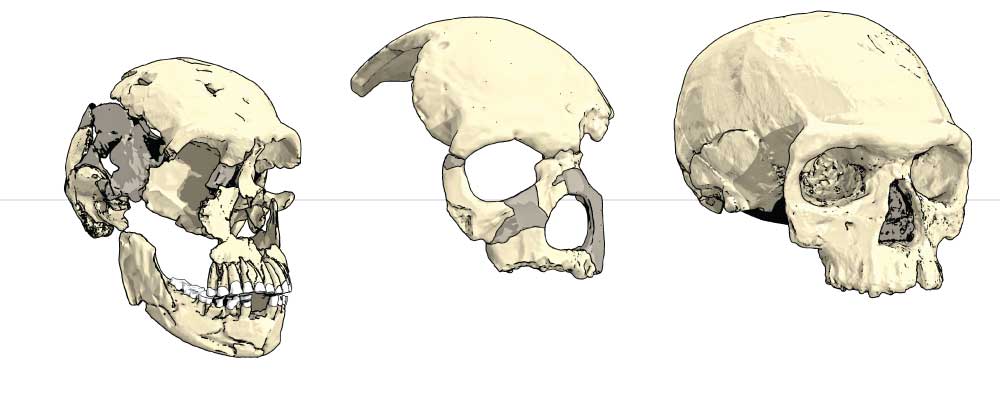
Cooking rhizomes in the Middle Stone Age
Border Cave has exceptional preservation of plant remains, giving a window into the diets of hominins.

Part of a Denisovan mtDNA resides in the nuclear genomes of many living people
A paper last week by Robert Bücking and coworkers trawled through the recently-sequenced Indonesian Genome Diversity Project dataset looking for snippets of mitochondrial DNA (mtDNA) that have been inserted into the nuclear genome. These snippets, called “NUMTs”, arise every so often as a result of DNA transfer from the mitochondrion
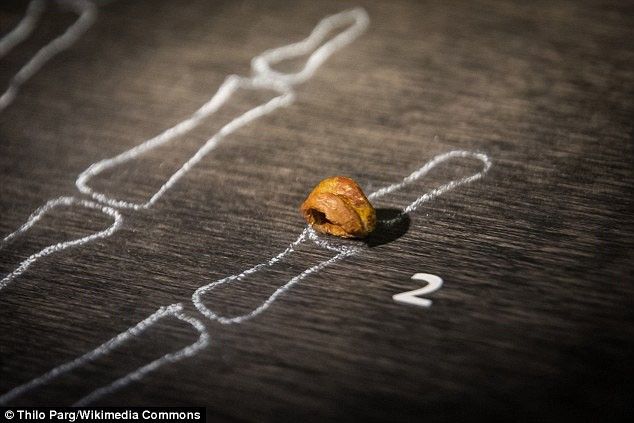
Did Acheulean hominins have long-distance obsidian trade?
I review several papers looking into the occurrence of obsidian artifacts in the Acheulean of eastern Ethiopia.
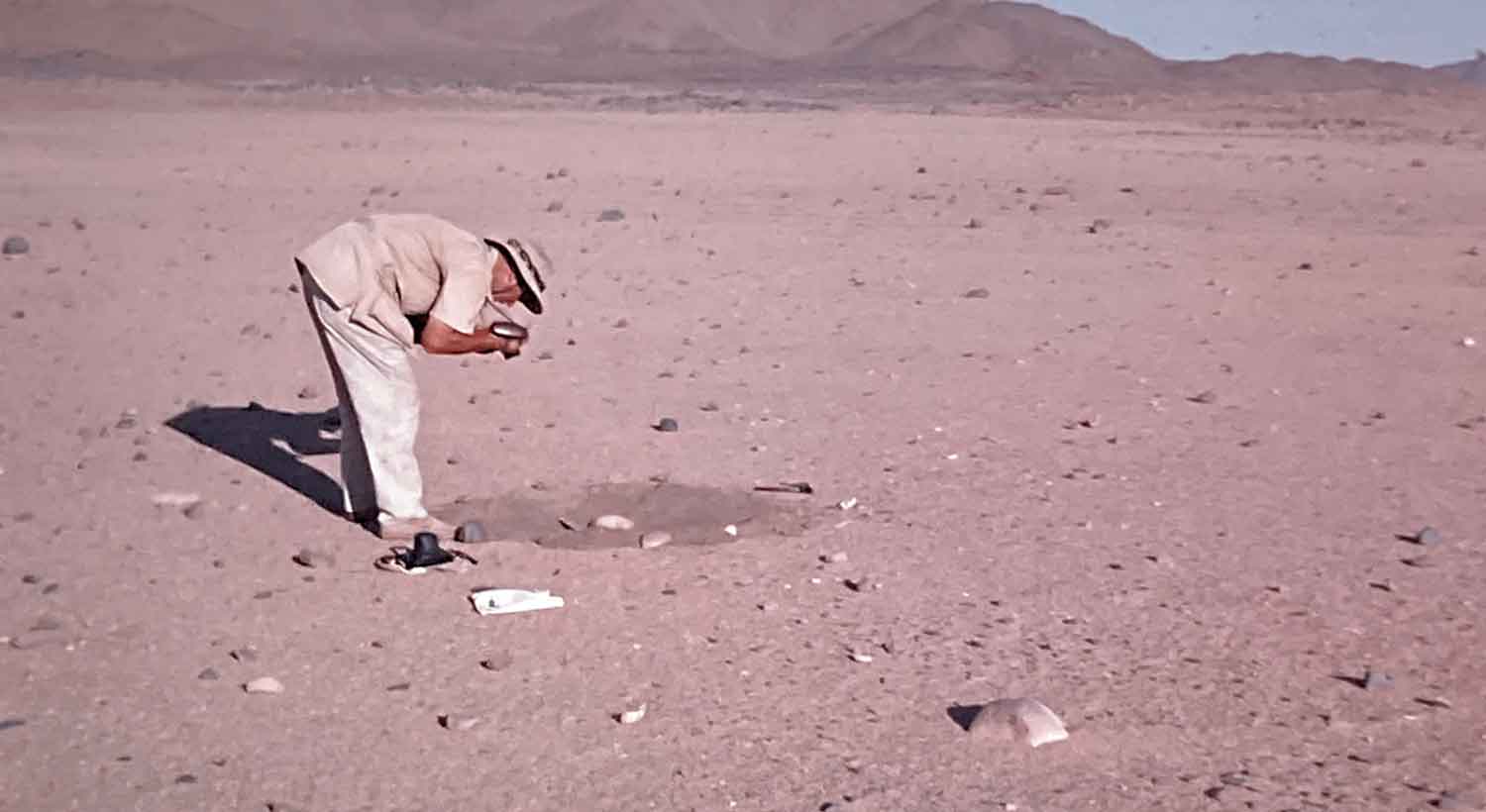
Denisovan traits bring up the old problem of understanding morphological continuity
A paper by Shara Bailey and coworkers suggests that three-rooted lower molars are diagnostic of population mixture from Denisovans.
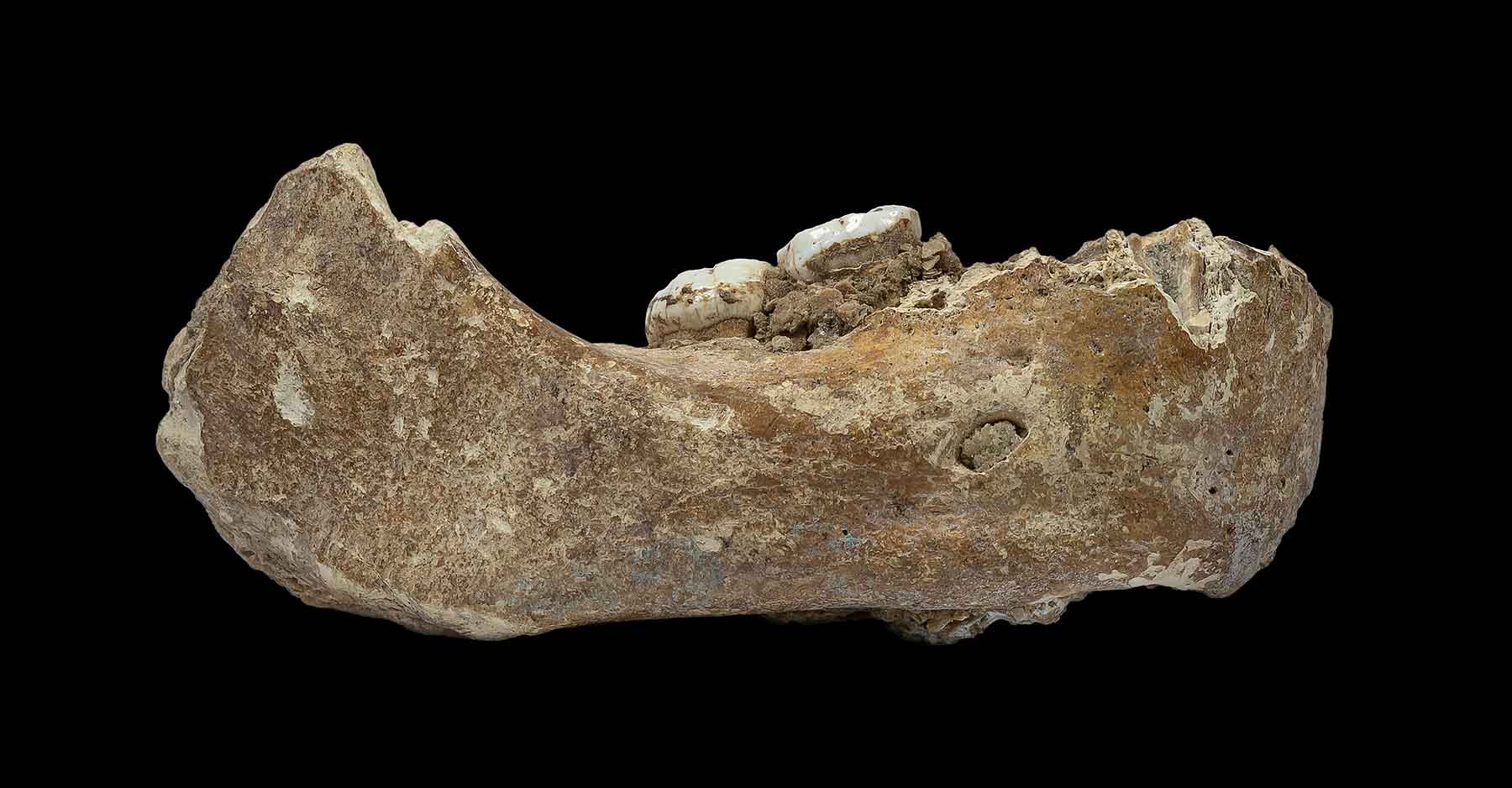
Research highlight: Use ancient remains more wisely
In this contribution, Keolu Fox and I consider what is necessary to build a sustainable science of ancient DNA.

Recounting the repatriation of aboriginal remains from Lake Mungo
Reacting to a feature article from Smithsonian magazine that followed the reburial of a 42,000-year-old human skeleton.

Geneticists work to understand how skeletons wound up in a mysterious Himalayan lake
Reviewing new work that reveals migrants from several historic periods in the skeletons surrounding this lake in India.
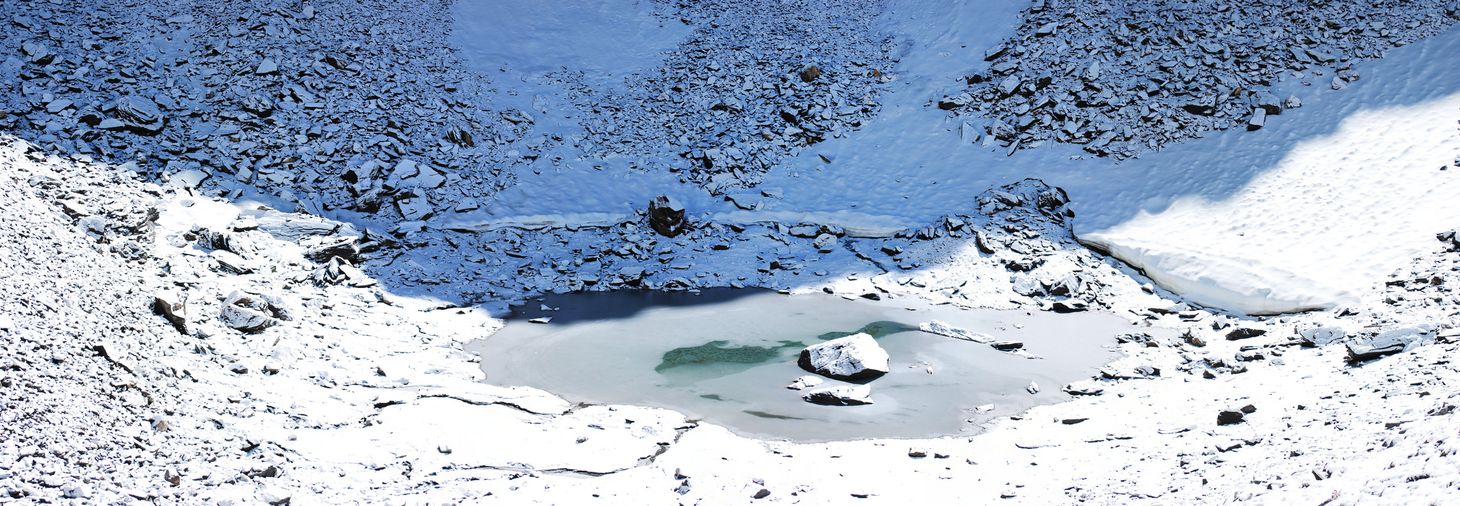
A mid-century observer wrote about hybridization and Neandertals
A quote from Loren Eiseley, one of the best known writers about anthropology and human origins.
Homo luzonensis: a new species of hominin from Luzon
I reflect on the discovery from Callao Cave, Philippines, which reinforces the ability of ancient hominins to disperse across island Southeast Asia.

How much do scientific societies fear Plan S for open access?
My examination of the politics within scientific organizations surrounding open access publishing
How capable were early human ancestors of crossing open water?
In past populations we should keep in mind the exceptional ability of humans to adapt to new circumstances.

How much do Y chromosome haplogroups shape our views of modern human origins?
The divergent A00 haplogroup roots the modern human Y chromosome tree deeper in time.

How did English come to have different words for "ape" and "monkey"?
The etymology of our words for living primates gives some insight into how common ideas adjusted to new scientific knowledge.
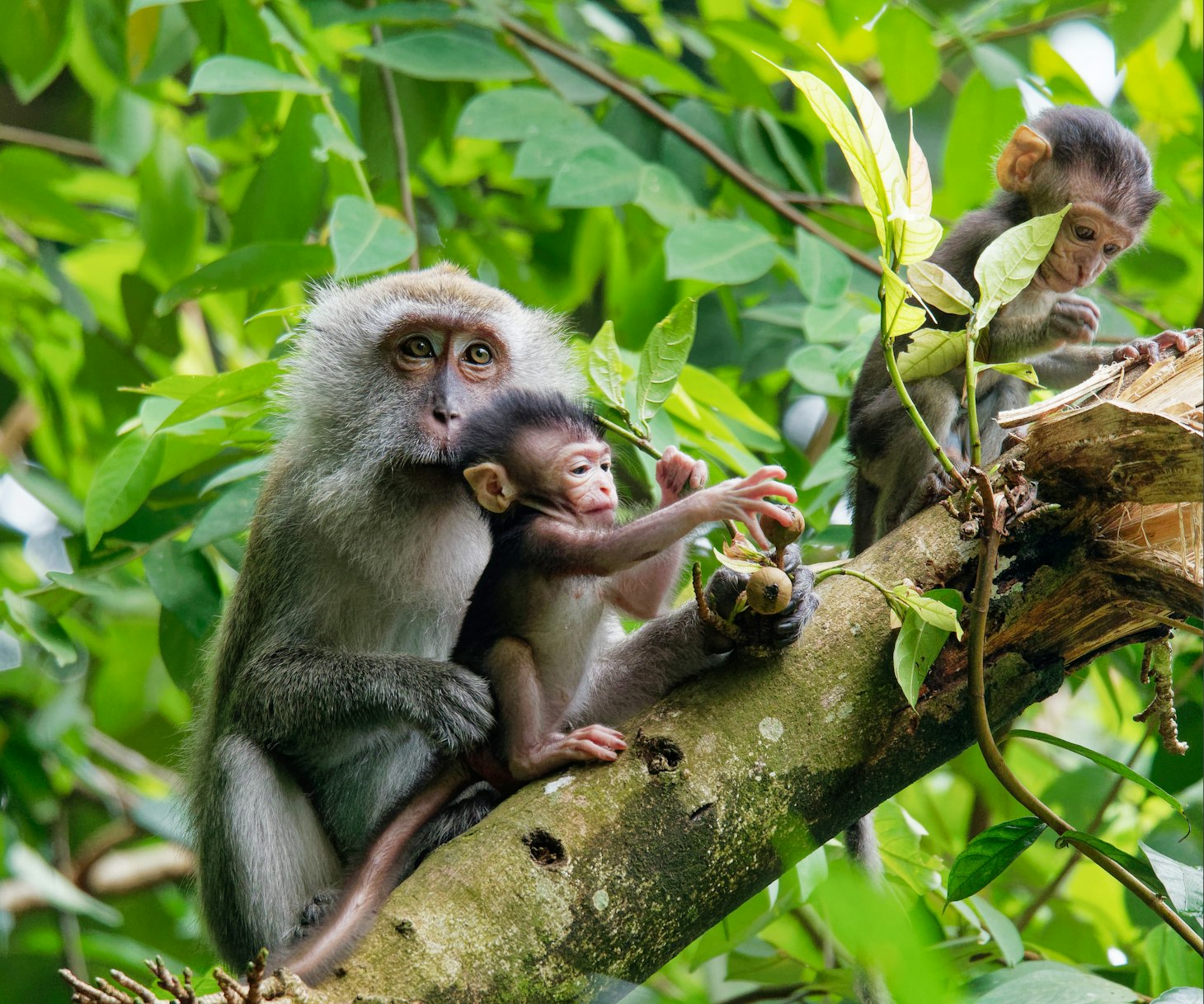
Three big insights into our African origins
Recently, I delivered a lecture to the American Society for Human Genetics, focusing on the African record of human origins. It was a great privilege to speak to more than 5000 members of this professional organization, together with other distinguished experts on African genetic variation and health. Here I share
A critical look at the idea of Australopithecus prometheus
A historical perspective on a species name that was associated with fossils from Makapansgat, South Africa.
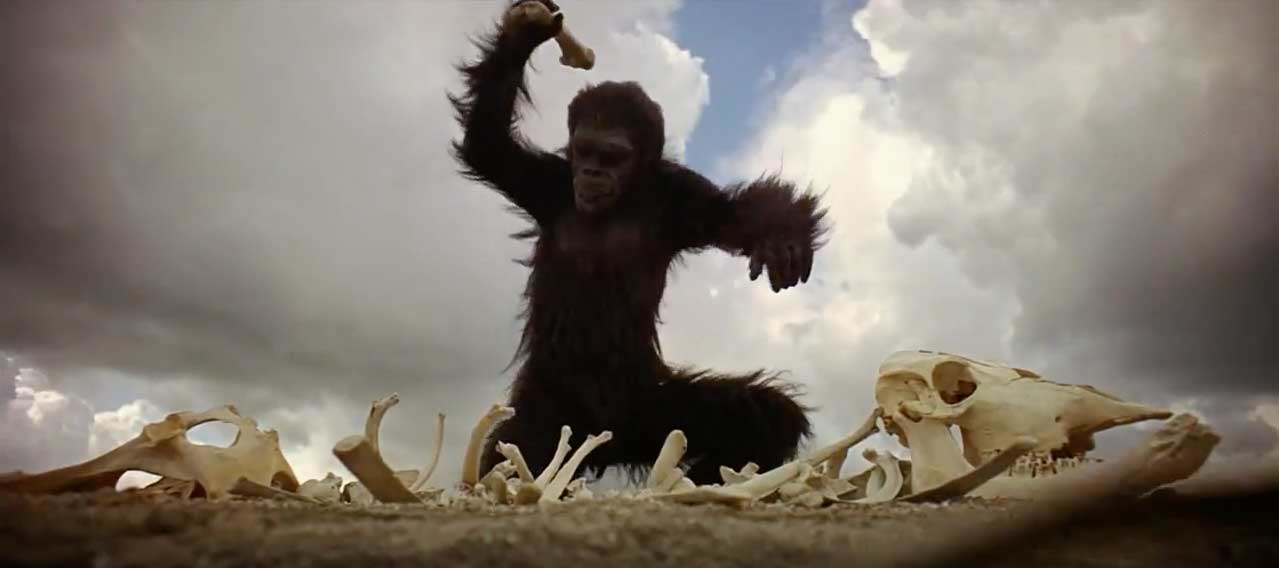
Lecture: Who were the ancestors of the Neandertals?
Looking at what we know about Neandertal origins and how our understanding has changed in the last decade.
How collagen fingerprinting is changing the way archaeologists understand ancient sites
Katarina Douka and coworkers are identifying the species of ancient bone fragments at a massive scale from Denisova Cave.
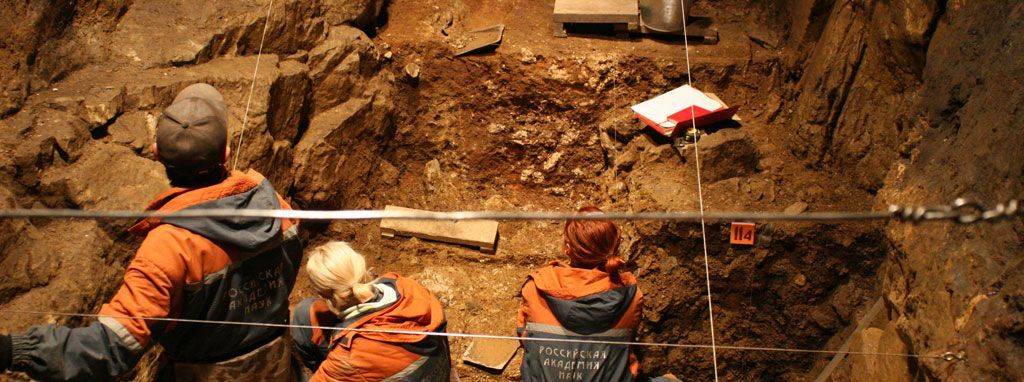
Artifacts of a pre-Clovis tradition from the Gault site, Texas
A 2018 paper by Thomas Williams and coworkers documents a Native American group that existed as early as 16,000 years ago.
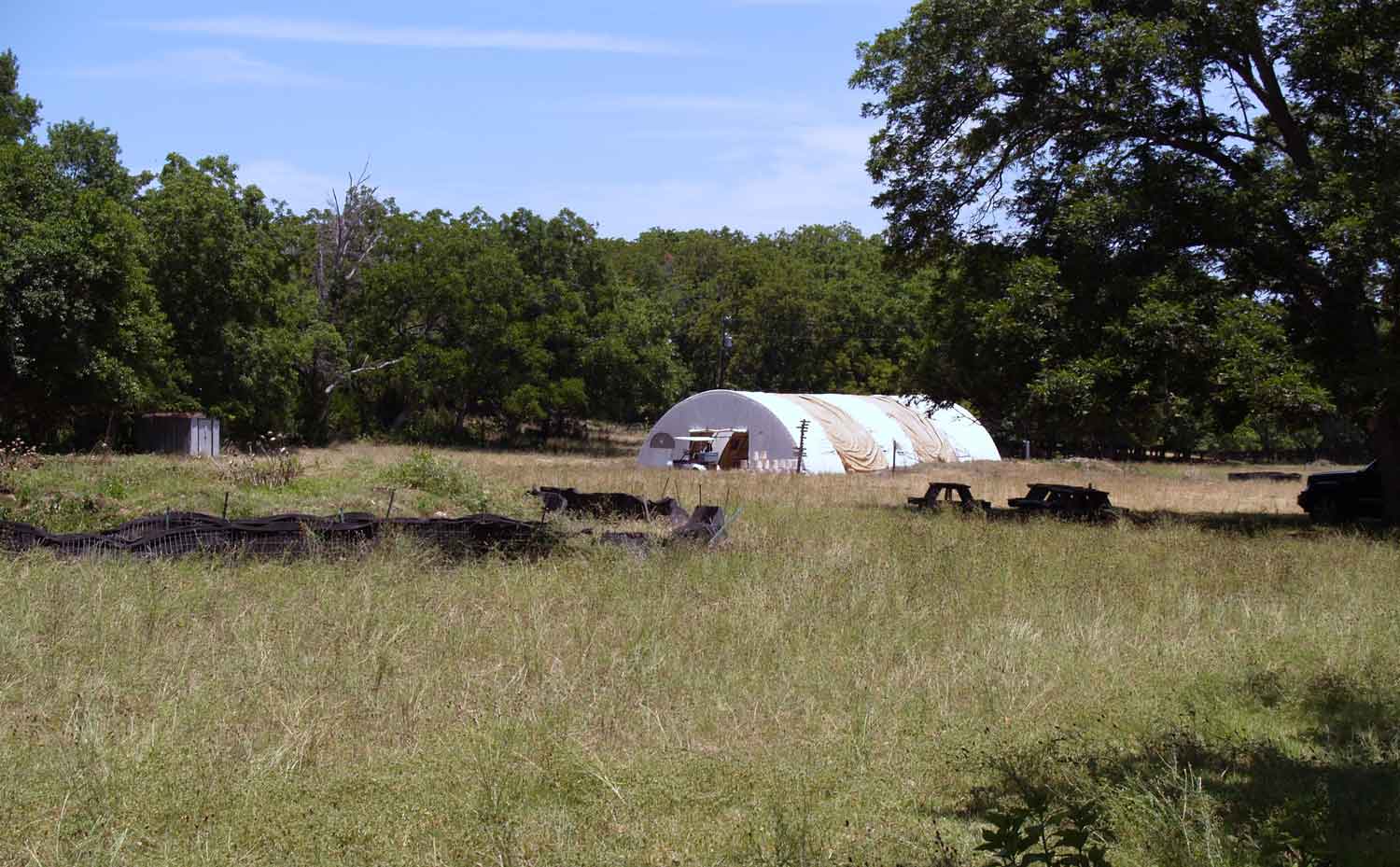
A perspective on how media marginalize scientists from developing countries
A reminiscence from Emanuel "Wahyu" Saptomo sheds light on the discovery and reaction to Homo floresiensis.

Should archaeologists really fear and loathe geneticists?
An article in Nature focuses on the tension between archaeologists and ancient DNA specialists.

The so-called Toba bottleneck simply didn't happen
Prompted by a paper by Chad Yost and coworkers, I look at the persistent myth that humans were an endangered species only 74,000 years ago.

What's the deal with the Sahelanthropus femur?
A news story by Ewen Callaway investigates the mysterious case of this purported earliest bipedal hominin.
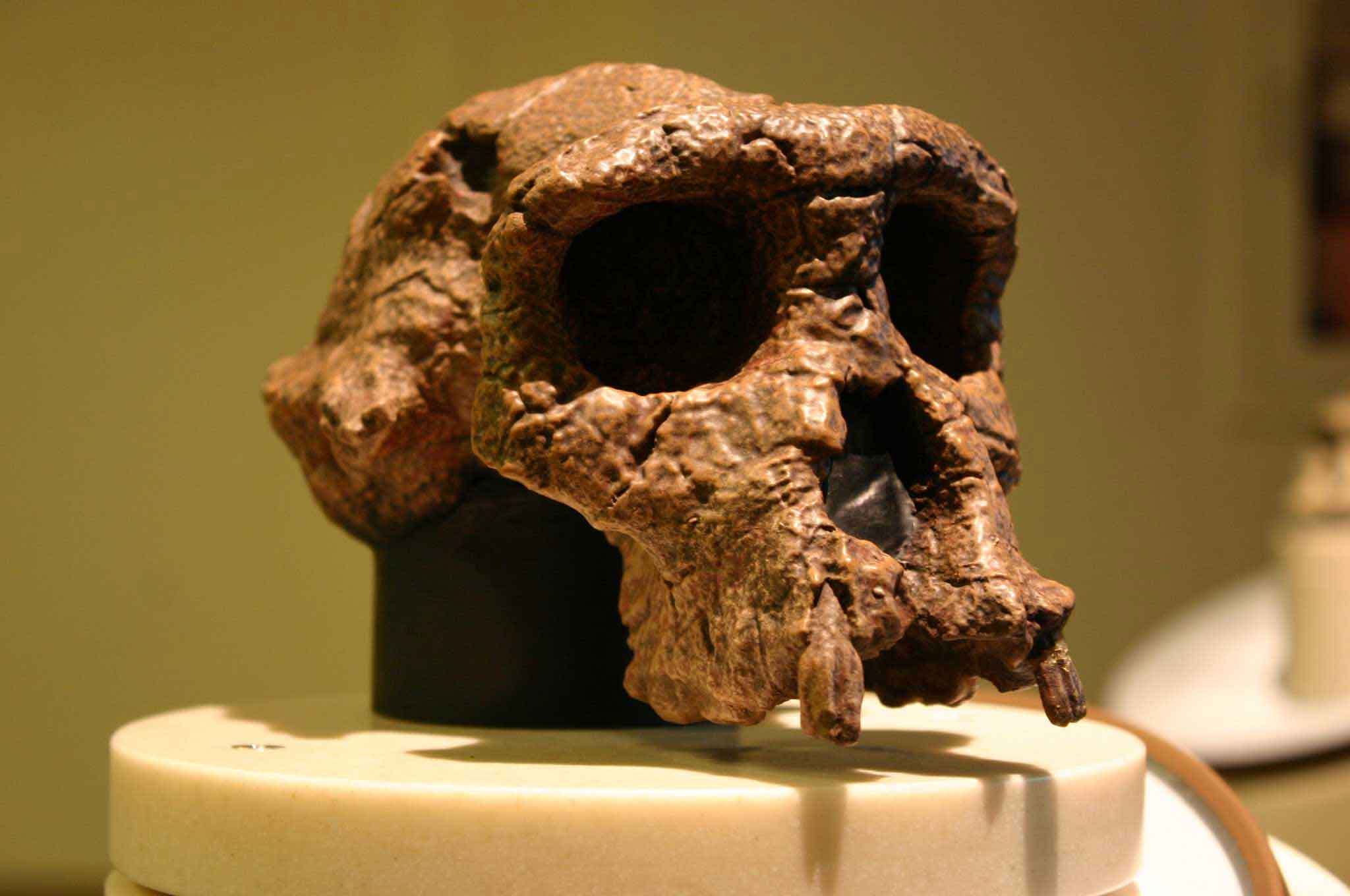
Lida Ajer, early modern human remains in island Southeast Asia
A site first investigated by Eugene Dubois is rediscovered by Kira Westaway and collaborators.
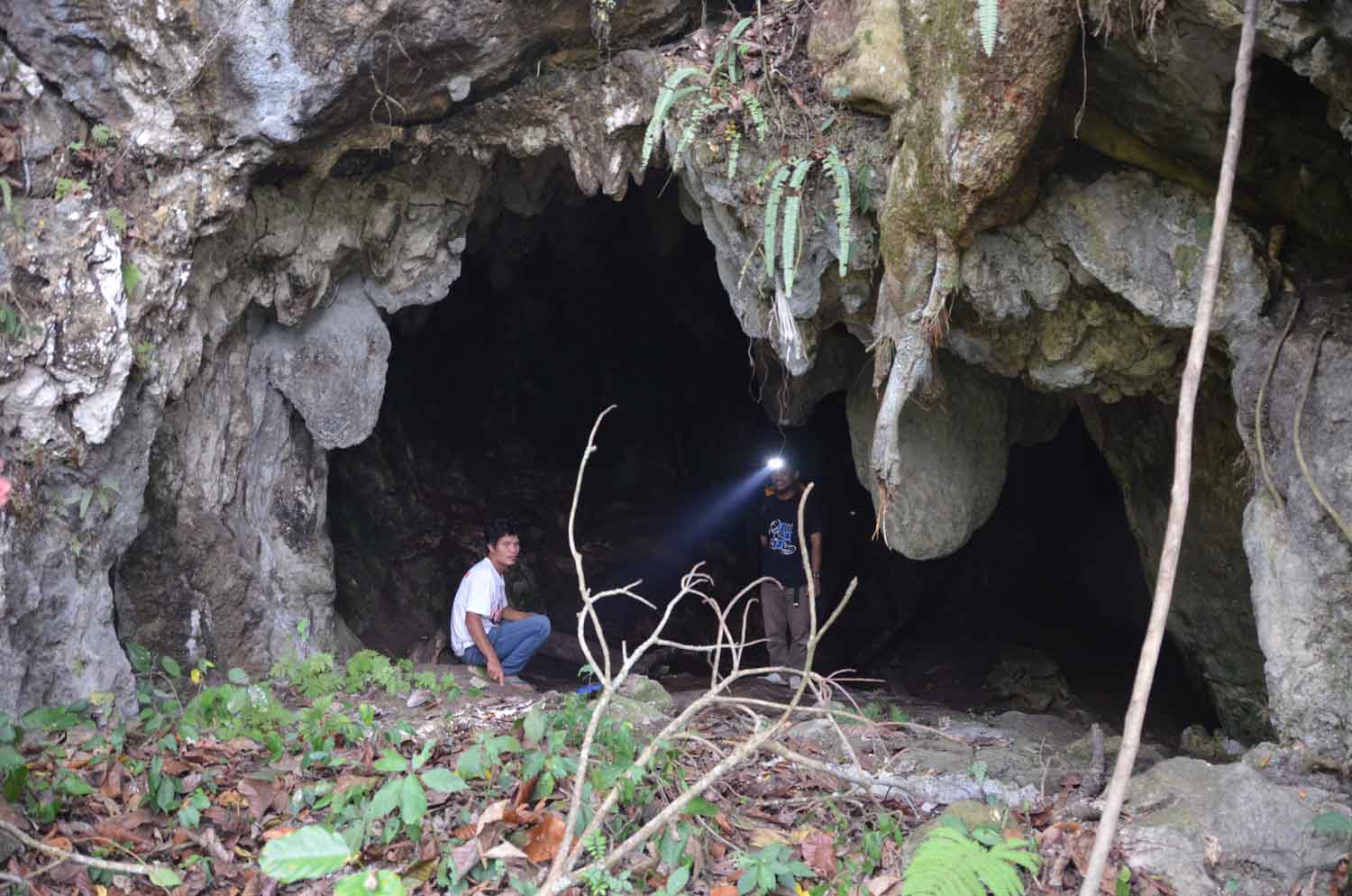
My photo of the Neo skull is named one of the top science images of the year
I am feeling really honored to have one of my photos of Neo included as one of Cosmos magazine’s “Top 10 science images of 2017” [https://cosmosmagazine.com/biology/top-10-science-images-of-2017]. It’s the frontal view of the Neo skull. I’ve always thought that human evolutionary science has some
How many students in paleoanthropology can see casts of Australopithecus afarensis?
The real problem with a lack of data access is that 50 years of the fossil record is invisible to many students in the field.
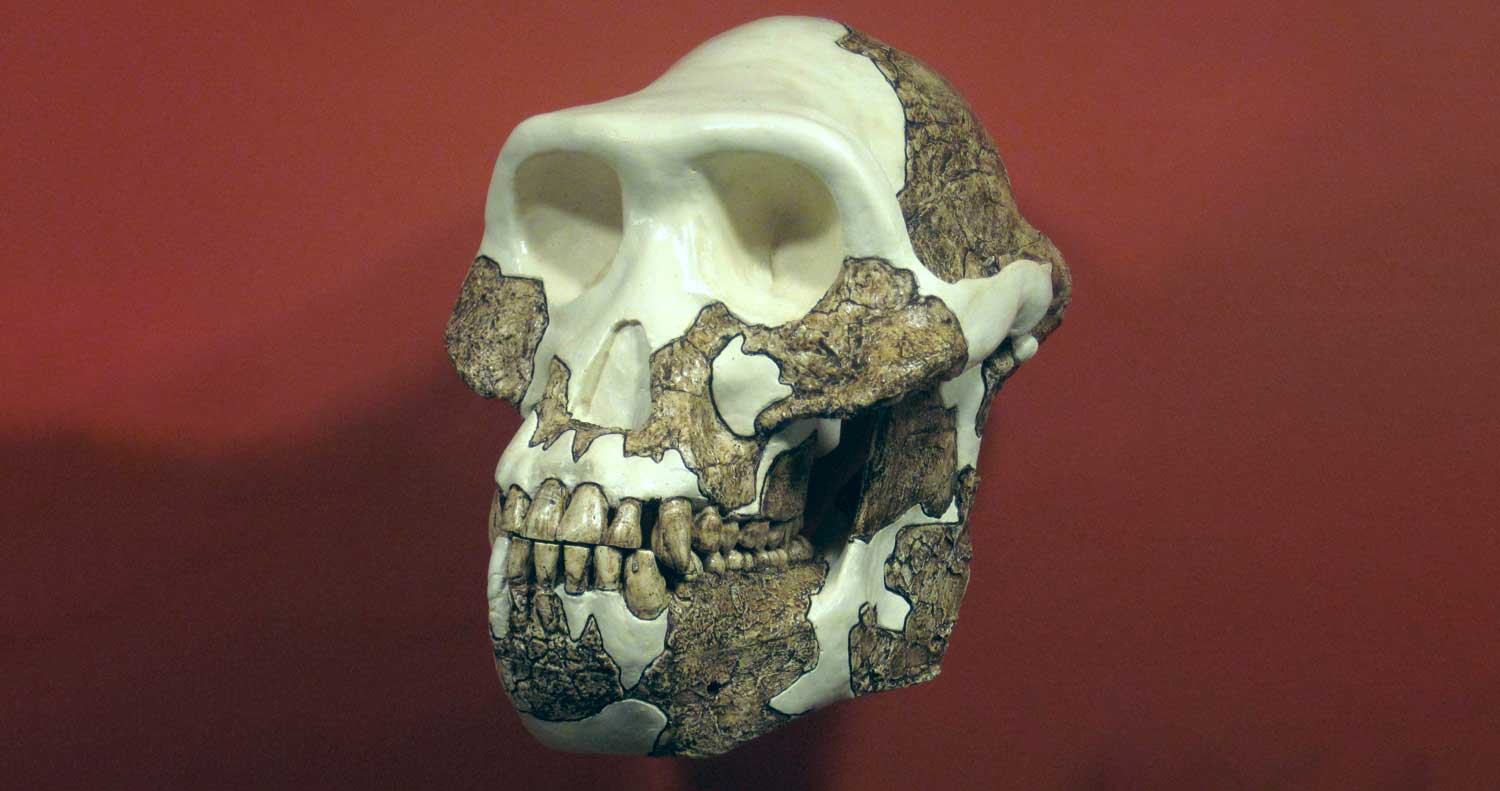
Scientists doubted the Piltdown hoax from the beginning. What can they teach us?
For nearly forty years between the Piltdown discovery and exposure as a deliberate hoax, many scientists never believed the story.
